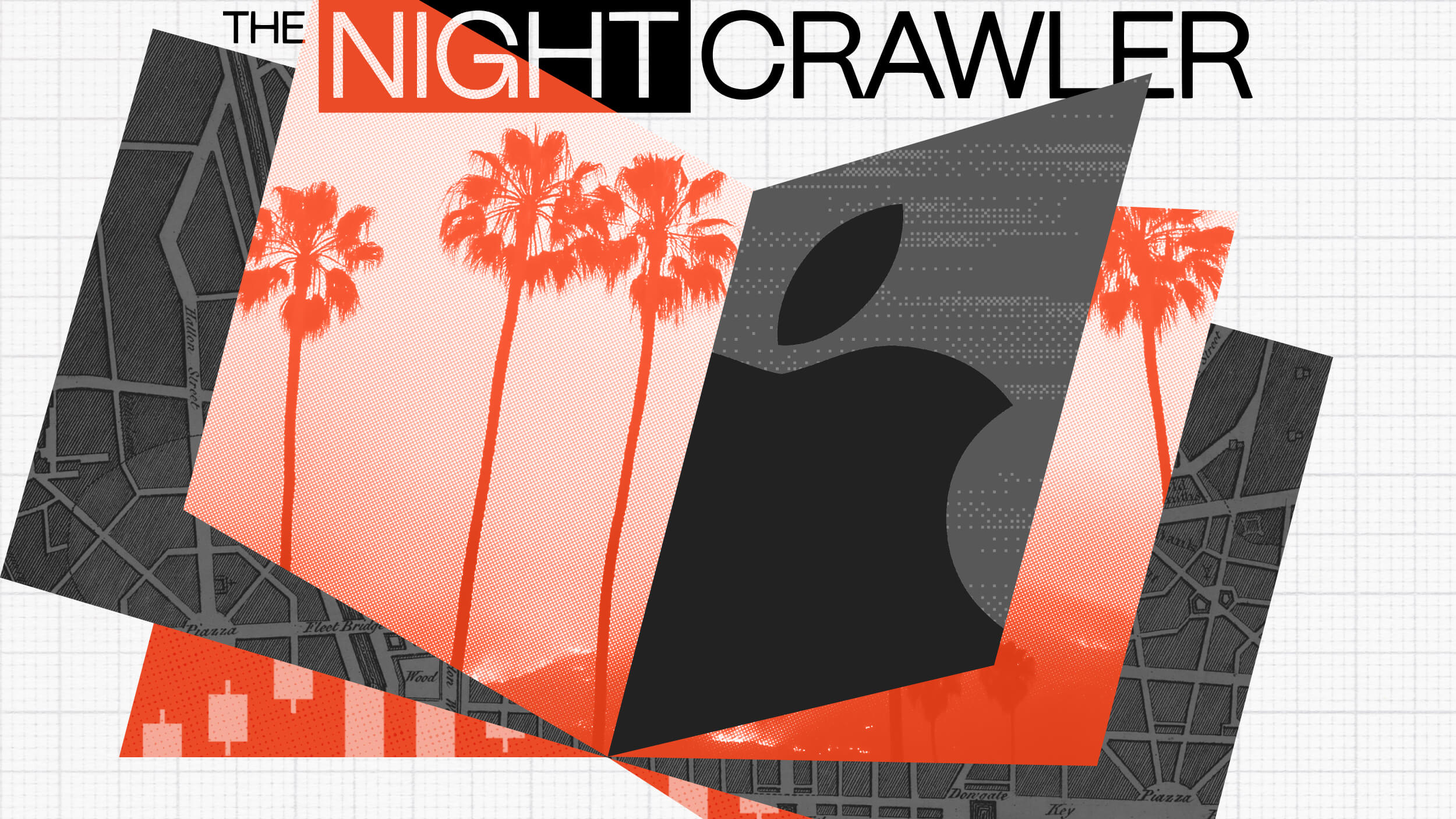Senior Housing & Technology: Industry Disrupted or Transformed?

The disruptive demographics of an aging society offers a growth opportunity for the senior housing industry. However, technology is also presenting new ways to enable older adults to stay in their own homes rather than move into senior housing options. Yet many of these same technologies, creatively applied, may improve the attractiveness and operational efficiency of senior housing. So is technology a threat or an opportunity for the senior housing industry? The answer is – yes.
This week I had the pleasure of participating in a discussion on technology and the future of senior housing. Convened by the National Investment Center (NIC) and moderated by NIC’s insightful President Bob Kramer, Kaiser Permanente’s thoughtful Director of Innovatin Dr. Yan Chow, Aging 2.0’s creative Dr. Katy Fike and industry innovator and CEO of Benchmark Senior Living Tom Grape, the panel examined the range of available technologies and the possible implications for senior housing operators and investors.
The convergence of old age and new technology will make the future of aging very different than our parent’s old age. Devices and systems that seek to manage our health are becoming ubiquitous. These include sensors throughout the home, the Internet-of-Things where appliances and the environments communicate with each other and to outside service providers. Several systems do more than detect our current ‘state,’ they also use our activity patterns to continuously assess our well-being ready to intervene before a catastrophic event. Imagine ubiquitous sensors or telehealth systems that routinely and seamlessly monitor chronic conditions such as congestive heart failure or diabetes without the need to physically visit a clinician. Or apps that transform smart phones into devices that can perform a self-administered EKG. Don’t forget this year’s hot technology, wearables, e.g., FitBit, that make it possible to manage, monitor and motivate healthy behaviors as well as keep you connected with formal and family caregivers.
Technology-enabled services are also emerging to keep us independent as we age. Many services considered cool and convenient for younger users also provide the opportunity to support the needs of older adults. Who would think of Uber as being a great way to organize alternative transportation for an older loved one? Home services, such as Peapod, once thought of as services for those who are crazed and crushed between work, family and life may also be an effective way for older adults to remain independent and ensure that there is food in the refrigerator, the house is clean and that the laundry is done.
Let’s not forget fun and social connectivity. Skype, countless tablet-based applications, or MIT AgeLab’s e-home system that enable both a safety check-in as well as a social visit. Telepresence robots may not just bring disembodied medical expertise to an older adult, they may also provide connectivity to family members who simply want a virtual visit to play a board game. Moreover, virtual reality is no longer just for kids playing video games. Virtual reality may also provide a means to travel without leaving your chair but setting your mind free to see, hear and even smell the experience.
Yes, these technologies offer incredible opportunities to create community-based ambient assisted living supporting family caregivers and aging-in-place. In that sense, technology presents a threat to the senior housing industry. However, technology is only a threat to those who do not recognize its transformative capacity to improve today’s operations and to create tomorrow’s services that excite and delight residents and their families. Creatively applied the same technologies that threaten senior housing may offer broad platforms to enhance resident experience, operation efficiency and profitability.
Technologies that offer ubiquitous connectivity to people living at home could be used to improve staff efficiency. Robots could perform necessary, but routine, tasks enabling skilled professionals to provide more attention to residents and less time taking inventory, delivering a blanket or adjusting the window blinds. Tablets can provide connectivity between family members but they can also provide vital platforms for point-of-care information systems to update electronic medical records that ensure informed personal care and better outcomes. Sensors and related algorithms that detect a change in health at home could predict a fall or similar event in senior housing reducing hospitalization or hospital readmission – a concern and cost to both families and insurers. Likewise, technology-enabled services that offer new ways to arrange transportation, meal preparation and delivery, entertainment, fun, and a wide variety of other tele-services are opportunities to develop new partnerships with branded providers that make senior housing more attractive to both older adults and their adult children.
Is technology a threat or an opportunity to the senior housing industry”? It is both. Technology is not about doing what you have always done – just more efficiently – instead technology used correctly enables innovation and new business models. Technology will enable the opportunity to age-in-place longer, but it will also facilitate senior housing operators and investors to bring exciting innovations to their current properties and build a new service enterprise that goes beyond the property line and into the homes of older adults and into the hearts of adult children seeking service solutions for their parents wherever they live.
Image by Shutterstock





